Chemistry Dept. Facilities
The Department of Chemistry & Biochemistry is housed in the Chemistry Building on the McNichols Campus. Built in 1926, the building has undergone several renovations to classroom and office spaces, with further laboratory renovations planned in the future.
As part of the ongoing renovation, the department has been updating available instrumentation for both graduate and undergraduate use. Many of these instruments were acquired through grants such as NIH and ReBUILDetroit, while others were generous donations.
Available instruments
Liquid Chromatography-Mass Spectrometry
An Agilent 1100 Ion Trap Liquid Chromatograph Mass Spectrometry (LC/MS) system was installed in the spring of 2002, and is used for characterization of pesticides, peptides, large metal ligand clusters, and other supramolecular species. The LC can also be used with an Agilent 6220 Accurate Time-of-Flight (TOF) MS.
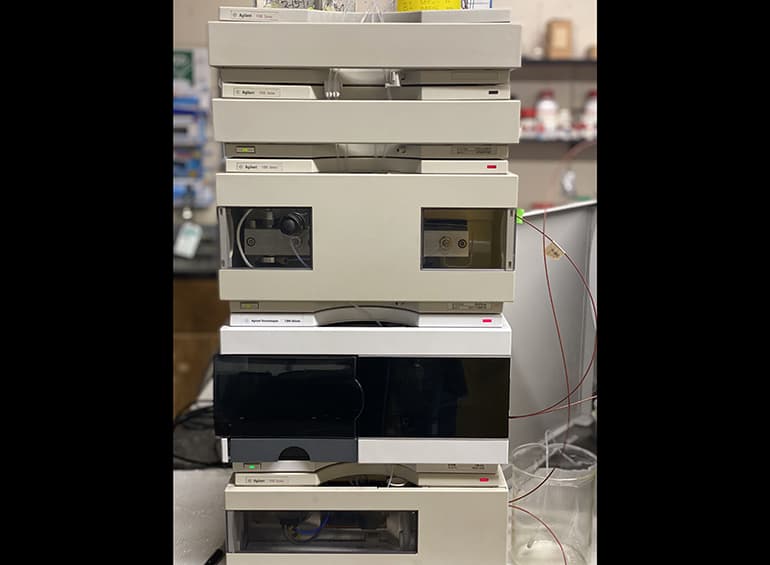
Agilent 1100
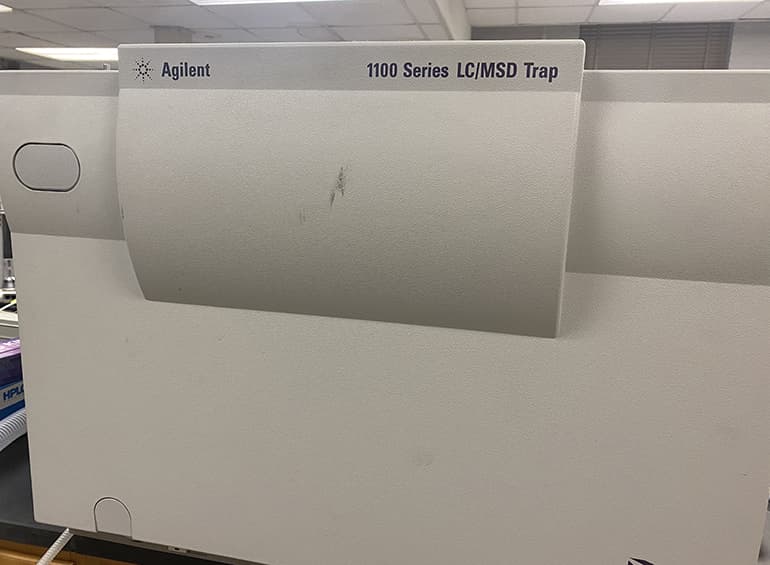
Agilent 1100 Trap
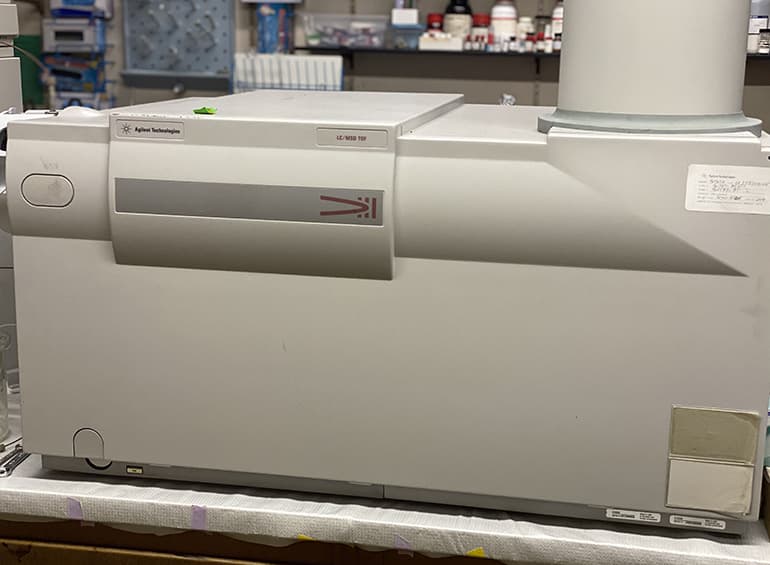
Agilent 6220
Gas Chromatography and Mass Spectrometry
The department has two ion trap gas chromatographs, both equipped with electron impact ionization (EI), positive chemical ionization (PCI), and tandem mass spectrometry (MS/MS). One is a Varian Saturn 2200/3800 Gas Chromatograph-Mass Spectrometer (GC/MS) and the other is an Agilent 7890A/220EI (GC/MS). These are used for routine characterization of products and reaction mixtures by both teaching and research laboratories.
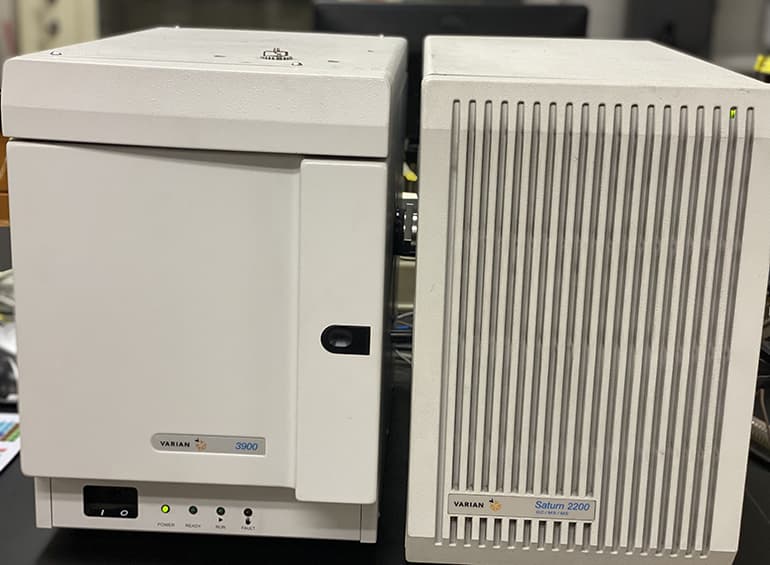
Varian Saturn 2200/3800

Agilent 7890A/220EI
Fourier-Transform Infrared Spectrophotometry
The department purchased a Perkin-Elmer Frontier™ Fourier Transform Infrared Frontier (FTIR) spectrophotometer in 2014. This IR/FIR is a combined FTIR spectrometer, covering the mid-infrared and far-infrared spectral ranges in a single instrument.
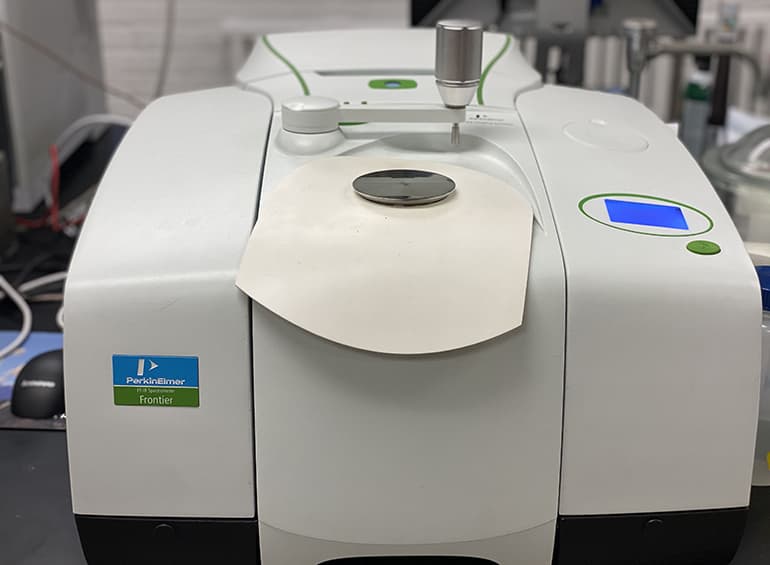
Perkin-Elmer Frontier™ Fourier Transform Infrared Frontier (FTIR) spectrophotometer
Fluorescence Spectrophotometry
The department purchased an Agilent Cary Eclipse fluorescence spectrophotometer in 2017. This can be used as a routine fluorimeter or can be switched between fluorescence, phosphorescence, chemiluminescence, bioluminescence, and kinetic measurements. There is also a microplate reader accessory for high sample throughput.
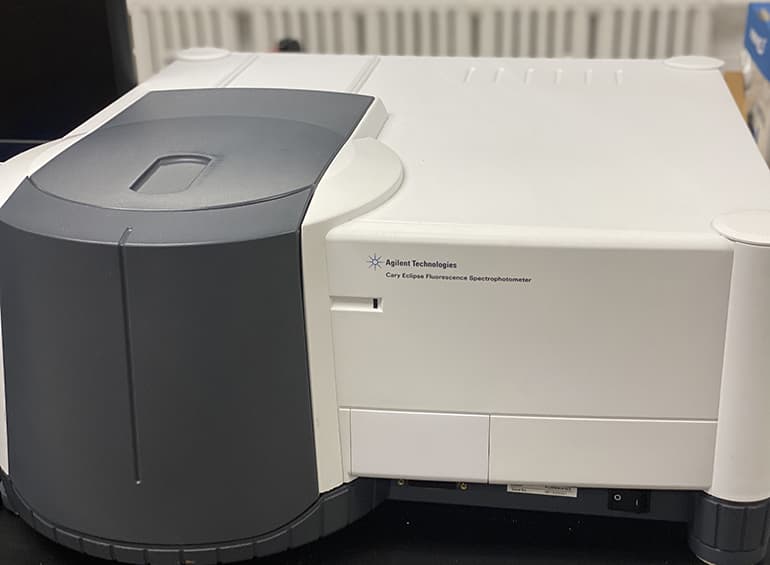
Agilent Cary Eclipse fluorescence spectrophotometer
Refrigerated Centrifuge
The Thermo Scientific™ Sorvall™ Legend™ X1R general purpose refrigerated centrifuge is configured with swing bucket rotors for tubes. It features a maximum speed of 15,200 rotations per minute and a maximum relative centrifugal force of 25,830 times gravity.
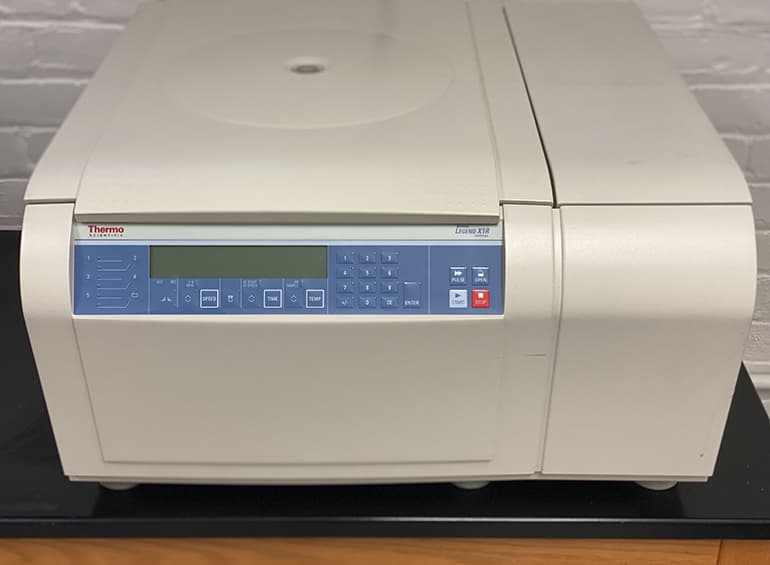
Thermo Scientific™ Sorvall™ Legend™ X1R
Ultraviolet/Visible Spectroscopy
The department utilizes 10 individual Ultraviolet/Visible (UV/VIS) scanning spectrophotometers. These models include the Shimadzu 1900i, Shimadzu 1800, Shimadzu 1650, PerkinElmer Lambda 35, Persee Analytics, and Cary Eclipse 60 spectrophotometers. UV/VIS is the most broadly-used instrument, spanning from freshman up to senior level courses. It is used in teaching and research for quantitation and kinetics. There are also 5 Visible Spectrophotometers including the Thermo Spectronic™ Genesys™ 20, Spectronic™ 20D, and Spectronic™ 400 spectrophotometers.
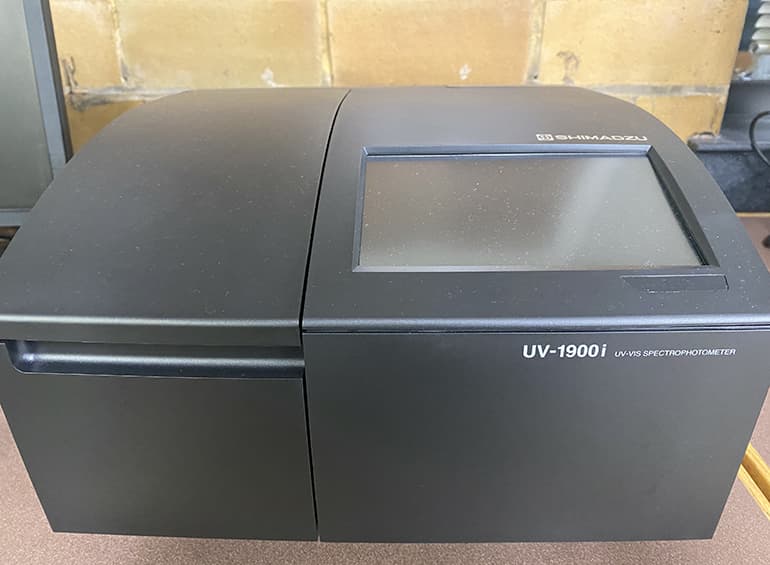
Shimadzu 1900i
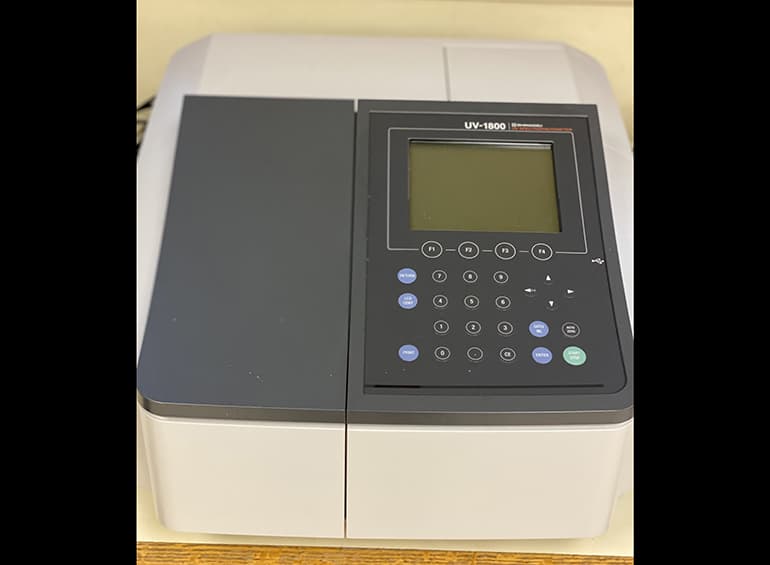
Shimadzu 1800
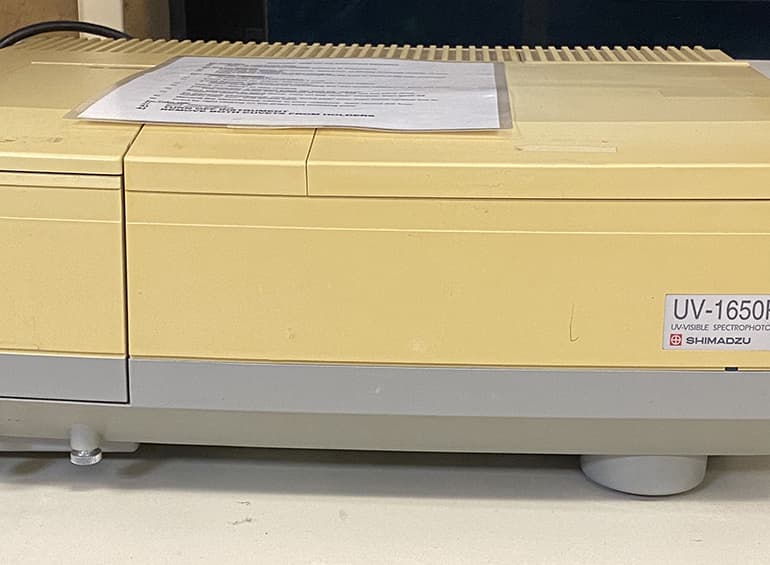
Shimadzu 1650
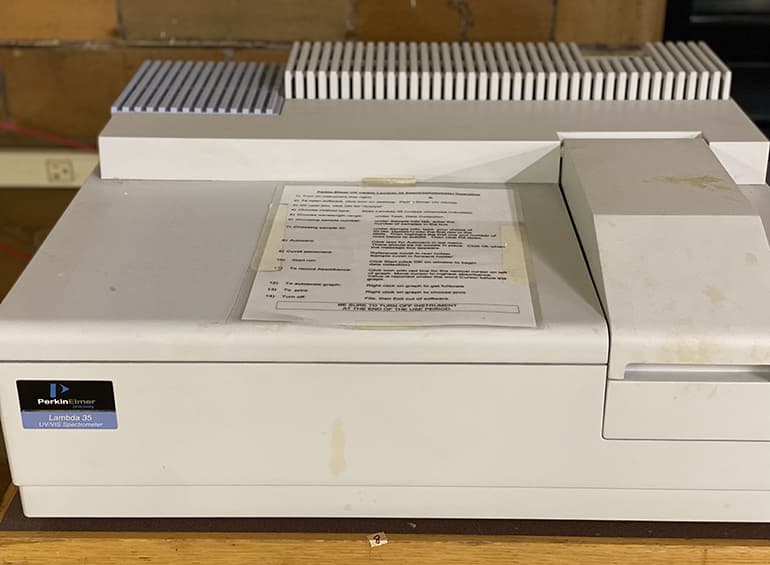
PerkinElmer Lambda 35
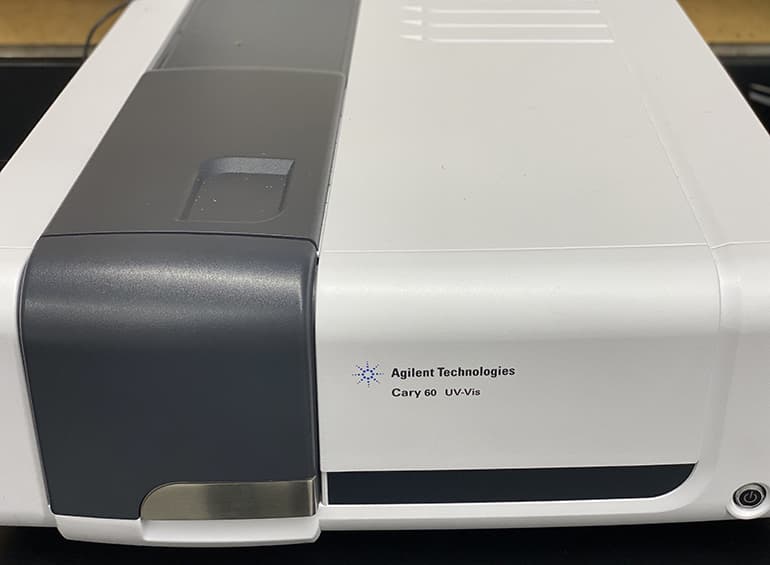
Cary Eclipse 60
Microtiter Absorbance Reader
The BioTek 800 TS and BioTek ELx800 absorbance readers are microplate readers for assays in 6- to 384-well formats. Applications include ELISA, protein quantification, enzyme kinetics and cell-based assays.
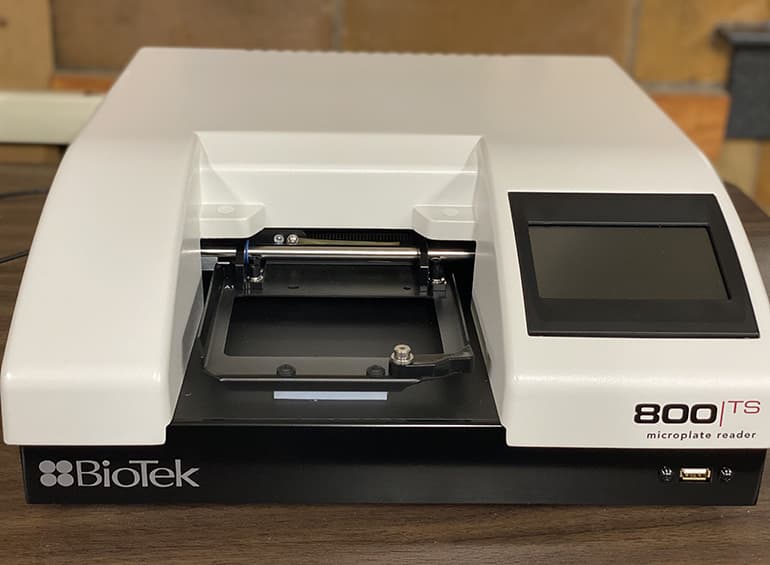
BioTek 800 TS

BioTek ELx800
Nuclear Magnetic Resonance Spectrometry
The Jeol JNM-ECZS 400 MHz Nuclear Magnetic Resonance (NMR) 2-channel Spectrometer was installed in 2021. The response of the nuclei to the magnetic field provides details of the electronic structure of a molecule and its individual functional groups. The Spectrometer is equipped with a 24-seat autosampler tray to allow for quick data acquisition. This instrument features a broadband multinuclear probe with variable temperature control and pulsed field gradients. It is used extensively in the organic teaching laboratories and in research.
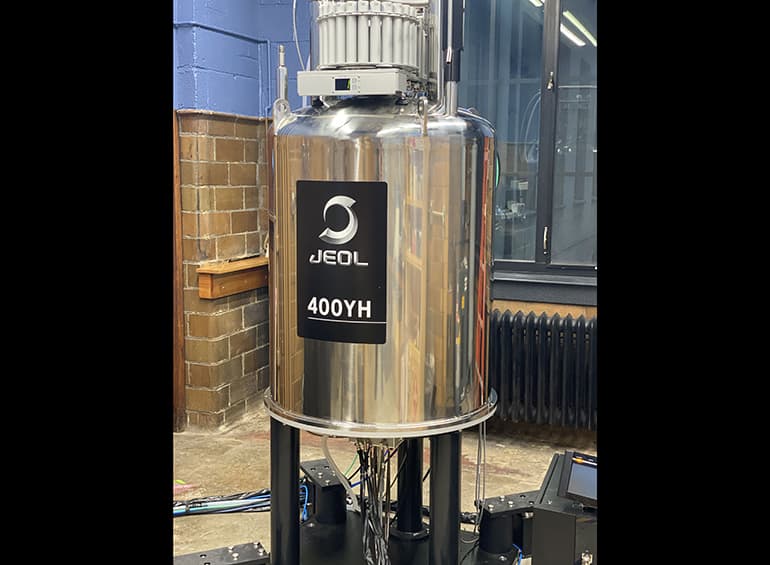
Jeol JNM-ECZS 400
Superspeed Centrifuge
The Thermo Scientific™ Sorvall™ LYNX™ 6000 Superspeed Centrifuge is configured with swing bucket and fixed angle rotors that operate at a maximum relative centrifugal force of 100,605 times gravity and up to a 6-liter capacity.

Thermo Scientific™ Sorvall™ LYNX™ 6000 Superspeed Centrifuge
Molecular Spectroscopy
The PerkinElmer Spectrum™100 Fourier-Transform Infrared Spectroscopy (FTIR) Spectrometer with the accompanying PerkinElmer Spotlight™ 200i (Attenuated Total Reflection) ATR-FTIR Microscope Imaging System are used for department research. Micro-FTIR allows for identification of unknown material by analyzing chemical bonding and molecular structure as well as degradation studies.
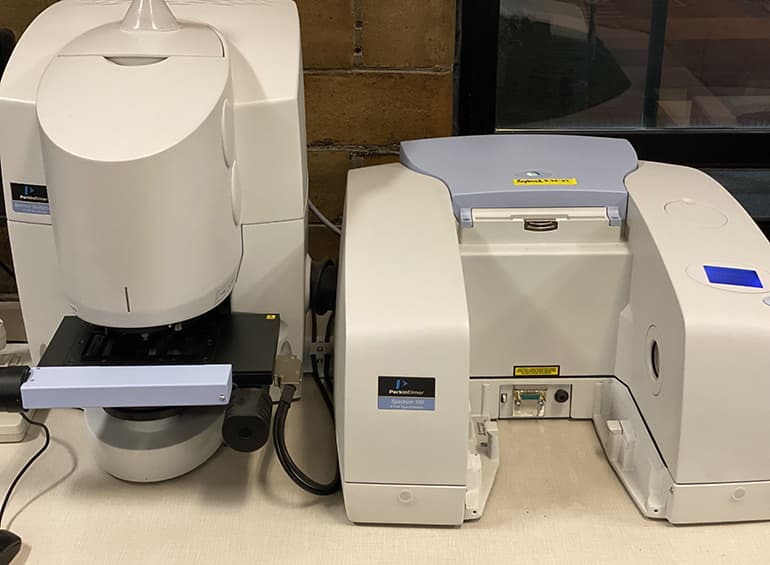
PerkinElmer Spectrum™100 Fourier-Transform Infrared Spectroscopy (FTIR) Spectrometer with the accompanying PerkinElmer Spotlight™ 200i (Attenuated Total Reflection) ATR-FTIR Microscope Imaging System
Atomic Absorption Spectrometer
The department purchased a Perkin Elmer AAnalyst 400 Atomic Absorption Spectrometer (AAS) in 2006. This AAS utilizes a flame and graphite furnace for elemental analysis at a wavelength range of 180-900 nm.
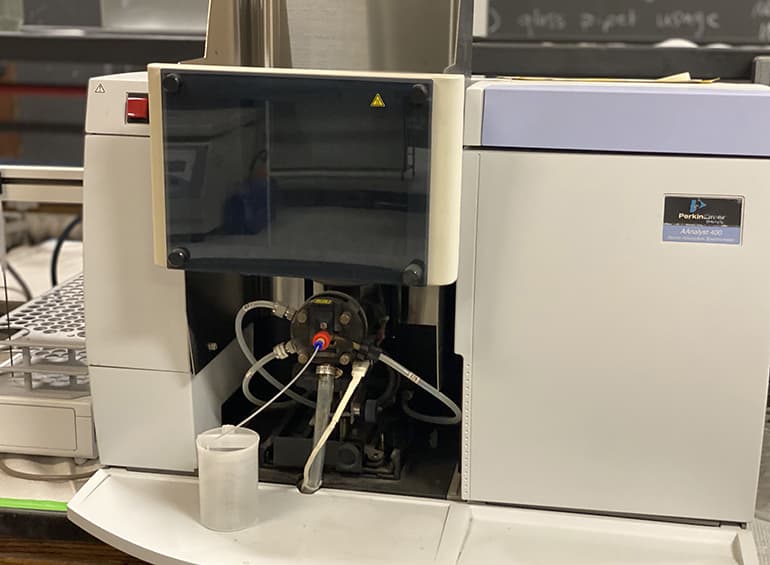
Perkin Elmer AAnalyst 400 Atomic Absorption Spectrometer (AAS)
X-ray Fluorescence Spectrometry
Purchased with funds from an NIH ReBUILDetroit grant in 2016, the Bruker S1 Titan™ 600 handheld X-ray fluorimeter (XRF) provides rapid analysis of solid and liquid samples for elements heavier than sodium. We are currently using the instrument to analyze the metal content of coins, medallions, soil, dietary supplements, and cosmetics.
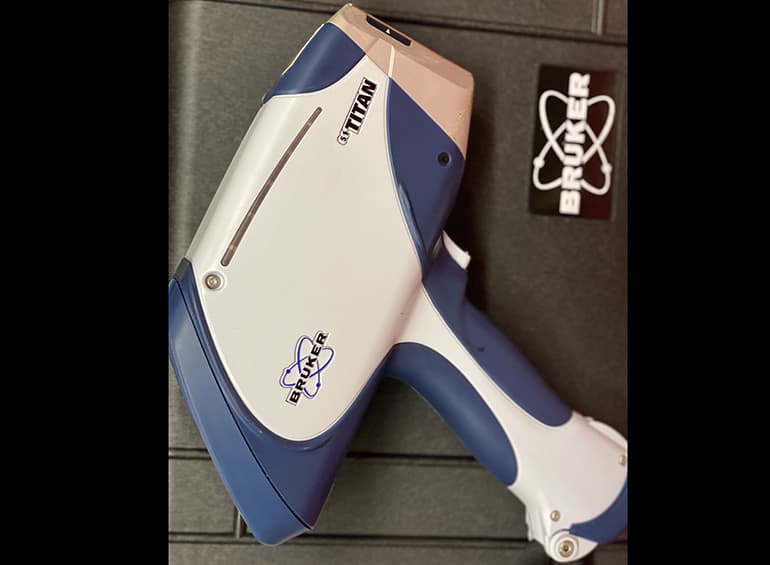
Bruker S1 Titan™ 600 handheld X-ray fluorimeter (XRF)
